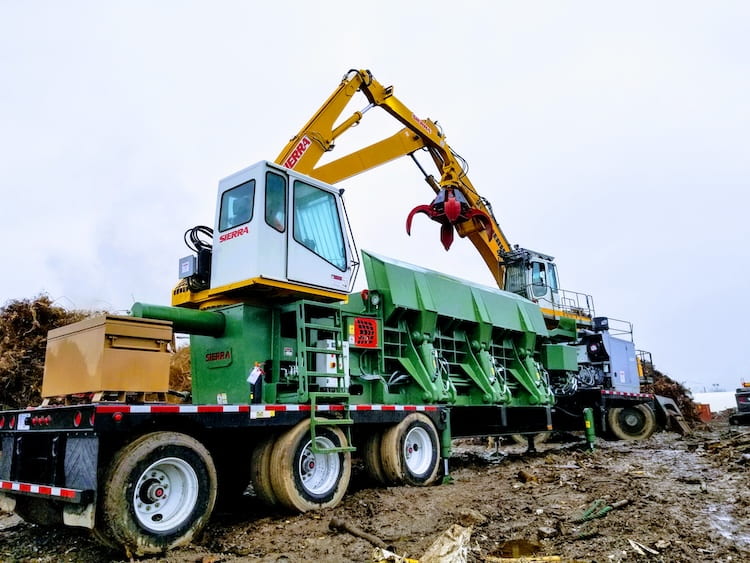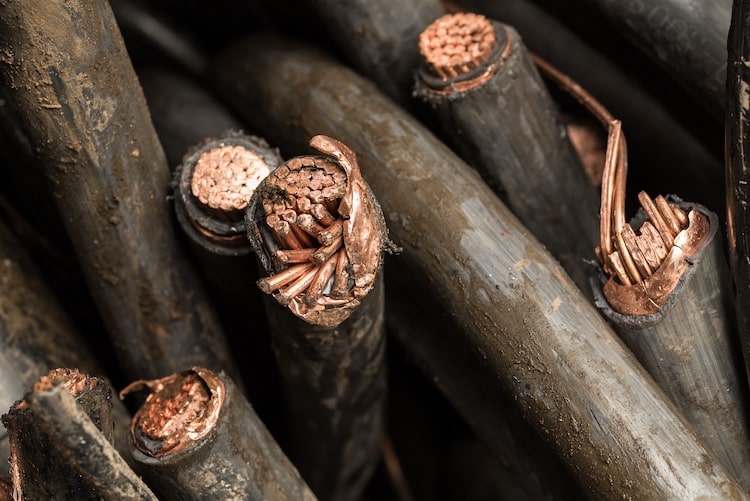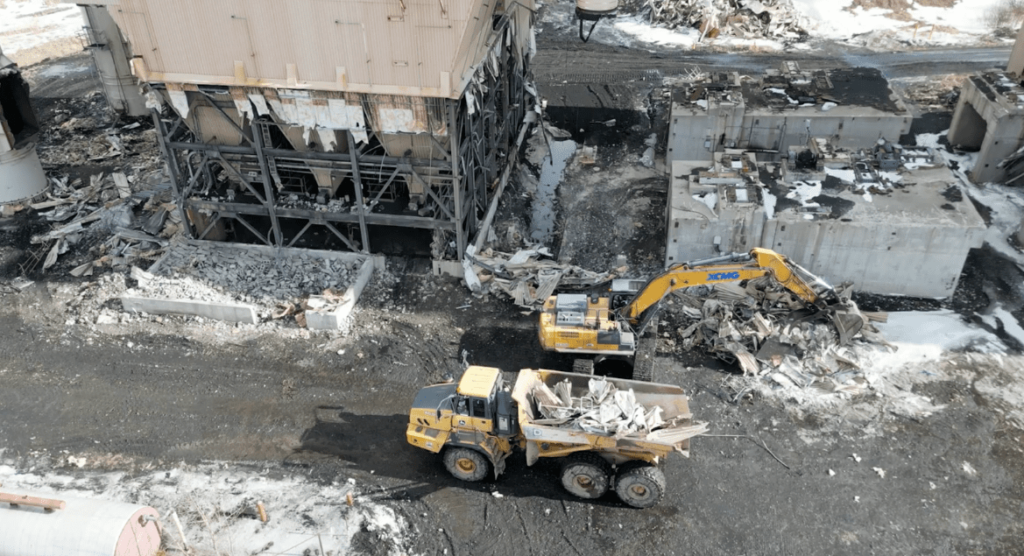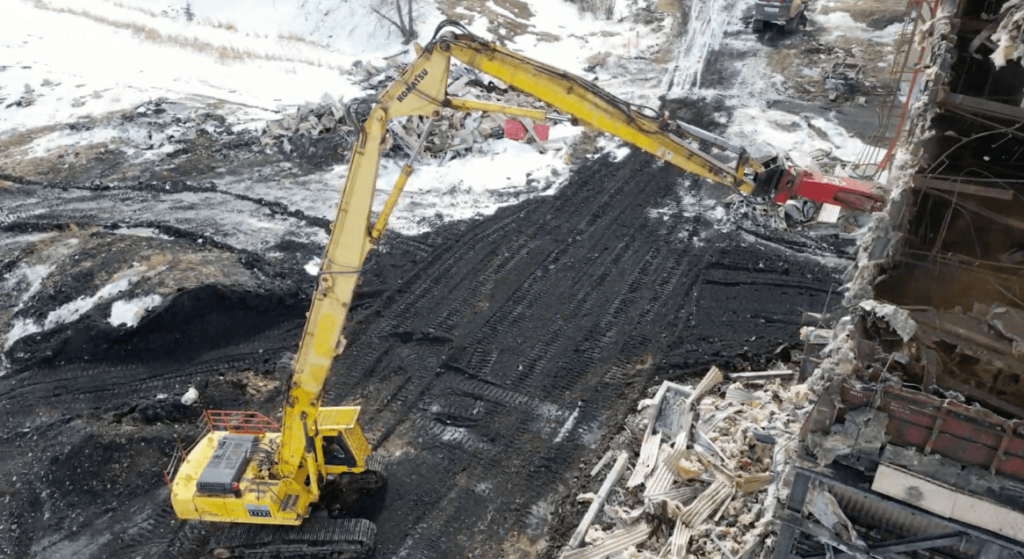How to Mitigate Key Safety Risks: Building Demolition of Mines, Oil & Gas Facilities
Some careers are much riskier than others: stuntman, rodeo, volcano tour guide.
Unfortunately, that list of high-risk careers also includes almost every job related to the mining, quarrying, and oil and gas industry.
In 2021, the fatal injury rate for the mining industry overall was 14.2 per 100,000 full-time workers. To get perspective on that number, let’s contrast that with the fatal injury rate for full-time workers in general, which is just 3.6 per 100,000.
This high risk of injury extends to the demolition of mines and oil and gas facilities. Due to the scale, complexity, and hazardous materials involved, this type of demolition is uniquely challenging.
Ensuring safety needs to extend beyond just protecting workers. Demolition contractors also need to consider nearby communities, environmental protection, and adherence to regulatory standards.
The process of building demolition in these industries requires meticulous planning and execution. Always make sure your demolition contractor is experienced with the particular challenges associated with these types of demolitions.
Planning and Risk Assessment
Effective building demolition begins with thorough planning and risk assessment. This involves detailed surveys of the site to identify potential hazards such as unstable structures, toxic materials, and underground utilities. Comprehensive risk assessments help in formulating strategies to mitigate these identified risks.
Adhering to regulatory compliance and safety standards is also crucial. There are numerous risks—not just safety concerns—if the demolition process doesn’t follow the many standards and procedures outlined by governing bodies within Canada: environmental damages, liabilities, and fines could all be consequences.
Hazardous Material Handling
One of the most critical aspects of demolishing mines and oil & gas facilities is managing hazardous materials.
These sites often contain asbestos, lead paints, heavy metals, and other toxic substances. Proper identification and handling of these materials are essential to prevent health risks to workers and environmental contamination.
Professional demolition contractors with expertise in hazardous material management are essential. These substances must be safely removed and disposed of, in compliance with environmental regulations.

Structural Stability and Controlled Building Demolition Techniques
Assessing the structural stability of a facility before commencing building demolition is fundamental. Engineers and demolition experts must evaluate the integrity of structures to plan safe demolition sequences.
Dust hazards are a concern. Unlike blasting, which can cause uncontrolled dust clouds, controlled demolition techniques, such as the use of cranes, excavators, and wrecking balls, help minimize risks. Additionally, tools like water cannons can be used to suppress dust during demolition. These approaches reduce airborne particles, protecting both workers and the environment.
Ensuring areas are clear when ‘dropping’' large structures is critical to avoid accidents. There should always be extra time budgeted to ensure standard operating procedures can be followed (like outlining exclusion zones and using barriers to keep unauthorized personnel away). Safety requires good time management.

Environmental Impact and Metal Recycling
The environmental impact of building demolition can be significant, but adopting sustainable practices can mitigate this.
Recycling metal and minimizing waste are vital components of environmentally responsible demolition. By recovering scrap metal from demolished structures, companies can preserve landfill waste and conserve natural resources. This practice not only benefits the environment but also provides economic advantages through the sale of recycled materials.
However, there's no value in recycling if it risks lives. Safety always comes first.
Conclusion
Mitigating safety risks during the demolition of mines and oil & gas facilities requires comprehensive planning, expert handling of hazardous materials, and adherence to controlled demolition techniques.
After 50 years, Richmond Steel has encountered most types of hazards and challenges that come with these types of demolitions. We know how to safely remove these structures.
If you have a building demolition project, our team is here to help. Contact us to discuss your needs and ensure a safe, efficient, and environmentally responsible demolition process.

